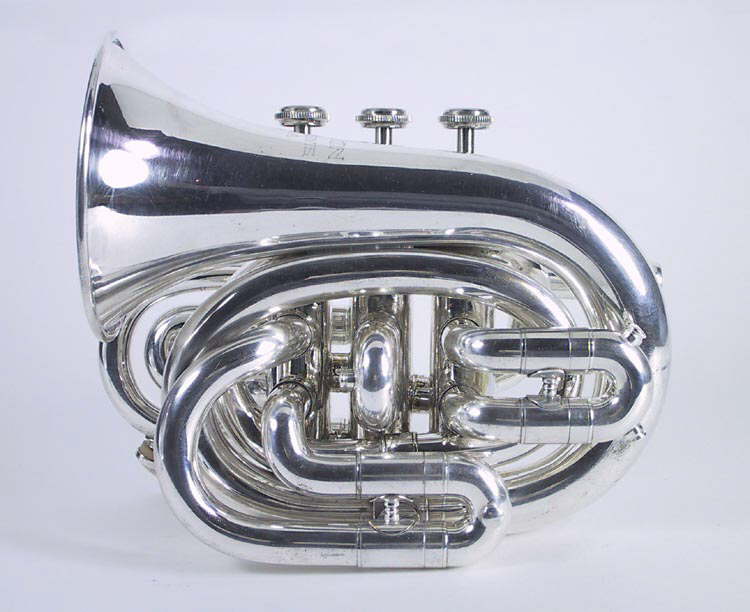
The only modification brought to the villa during the filming was the transformation of the animal water trough into a small swimming pool in the backyard. That one overlooks the huge park behind the mansion and the stairs that lead to the valley, with two beautifully carved columns on the upper end of the stairway. There’s a balcony, a smaller one in the back side, as well. At the front entrance, surrounded by trees there’s a carved stone statue facing the front balcony from the first floor – well known from the film. There’s also a cellar accessible from the main staircase. You can easily build an image with docker build -t kuard-amd64:blue. The main hall and some of the rooms have beautiful frescoed ceilings painted in the 16th century by Aurelio Busso. It creates one image to build kuard and then another image for running kuard. According to the description, after entering the villa we find ourselves in the large hallway with a barrel vault ceiling and a terrazzo floor that crosses the whole building allowing the visitor to catch even the view of a portion of the park located beyond the villa. After the success of Luca Guadagnino’s film, Palazzo Albergoni hit the real estate market. The famous mansion is still a private property and it is not open for public. The picture was also used on early postcards. The artwork was a gift for Count Griffoni Angelo, the last Griffoni owning the villa between 18. It was Finoli Bassano’s engraving depicting the villa and the garden with the pond. When we returned to his office, Gianluca pointed to the picture on the wall. Three years later Pierre Albergoni became the new owner.

The villa remained property of the Stramezzis to 1958. Giuseppe Perletti purchased the villa in 1865 and 12 years later his nephew, Saverio Stramezzi inherited it. When Angela Vimercati Deseverino married the Count of Griffoni Sant’Angelo in 1776, the villa became property of the Griffoni Sant’Angelo family. Through the centuries the mansion suffered numerous modifications, notably in the 18 th century when the villa got its main appearance. The influential Vimercato family from Milan in the 13 th century settled in Crema and on the ruins of a former castle built a fascinating country house for themselves. The villa that in Luca Guadagnino’s film serves as the home of the Perlmans and takes us back in time to the now vintage eighties and to the sundrenched summer when the romance between Elio and Oliver blossomed, is an imposing mansion just across the mayor’s office on Via Roma. The mill is now under private ownership but is sometimes opened to the public.When I’ve first told the mayor of Moscazzano, Gianluca Savoldi about my visit, neither of us knew that weeks later signor Francesco will be so kind to take our photos on the lawn in the front of the “Call Me By Your Name” villa. The mill had been left in a state of disrepair in the 1960s but was rescued and has been restored on numerous occasions since, and its sails started working again in 1996. After that, I thought Mayael might win simply because I have a. I figured Rubinia would win simply because she had the fewest decks on EDHREC. Holton also boasts a post mill, parts of which date back to the 18th century. The voting went as follows: Rubinia Soulsinger - 12. The community produces a bi-monthly magazine, 'The Holton Post'. Apart from Bernard Matthews Farms, there is a small industrial site at the airfield with small workshops and a feed store. This closed in 2008 but was later extended and refurbished, and re-opened in 2013 as a restaurant and pub. Holton has a primary school, two shops - Market Fields Farm Shop and Holton Orchards Farm Shop - and a public house, the Lord Nelson. The church of Holton St Peter is one of 38 existing round-tower churches in Suffolk built by the Normans in the 11th century. Holton Hall, demolished in 1957 and replaced by a caravan park, had many famous connections to the anti-slavery movement and Barclays Bank.


A few Roman artefacts have been found locally and it is possible that the Blyth river was forded here (at Mells) as it lies on the route of an ancient trackway from Dunwich to Beccles. Holton is an Anglo-Saxon place name meaning 'village in a hollow' and the site was probably inhabited from Neolithic times. However, a proposed name change was rejected by the Parish Council and the village officially remains 'Holton' to this day. Holton is split into two parts - Upper Holton and Holton.Īlthough it is often referred to as Holton St Peter, such as in the name of its primary school, the 'St Peter' suffix was adopted by some village institutions to prevent confusion with Holton St Mary, another village in Suffolk. Holton is a village and civil parish in the East Suffolk district, in the county of Suffolk, England, near the town of Halesworth, with a population of 832 in the 2011 Census.


 0 kommentar(er)
0 kommentar(er)
